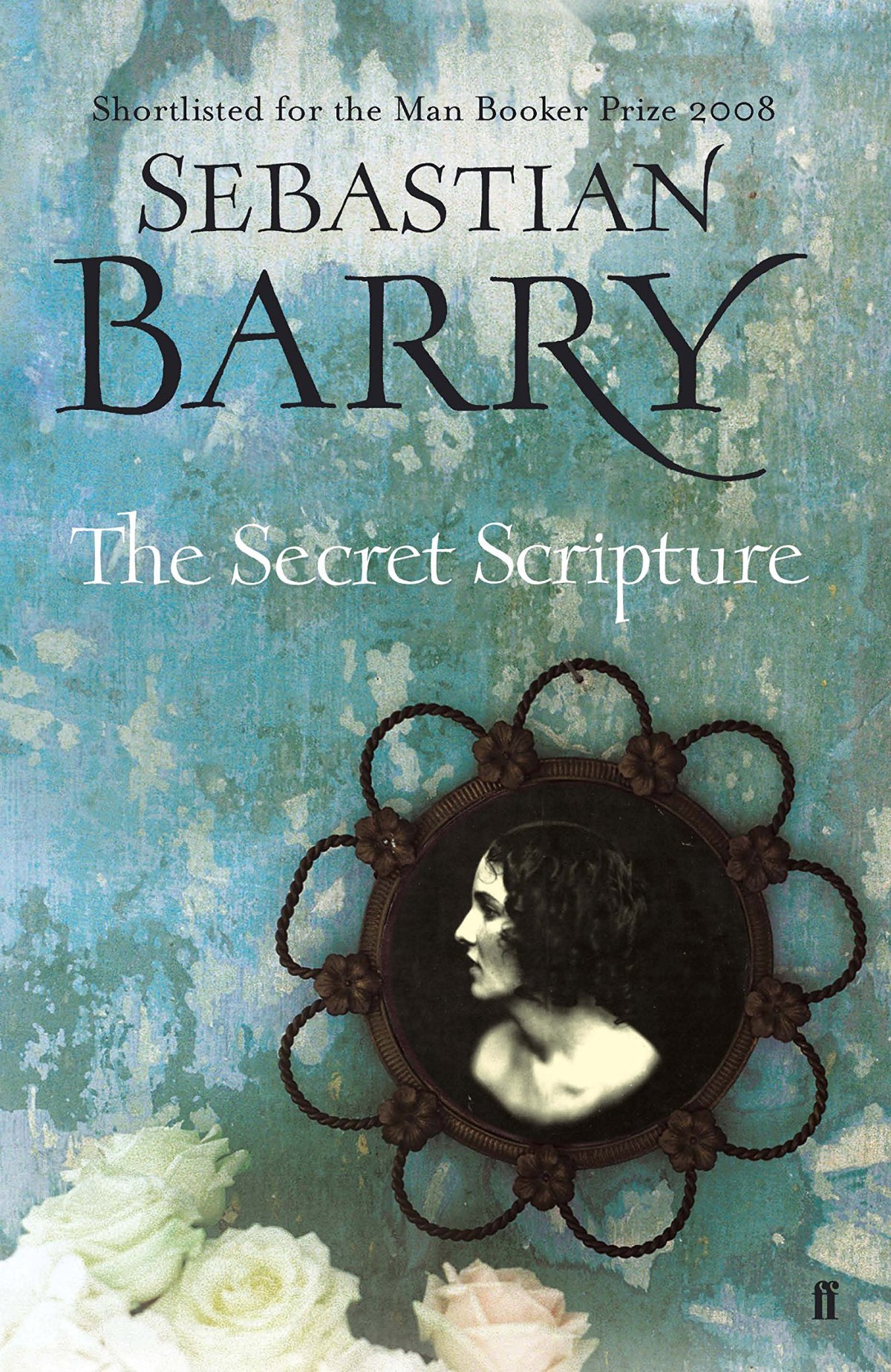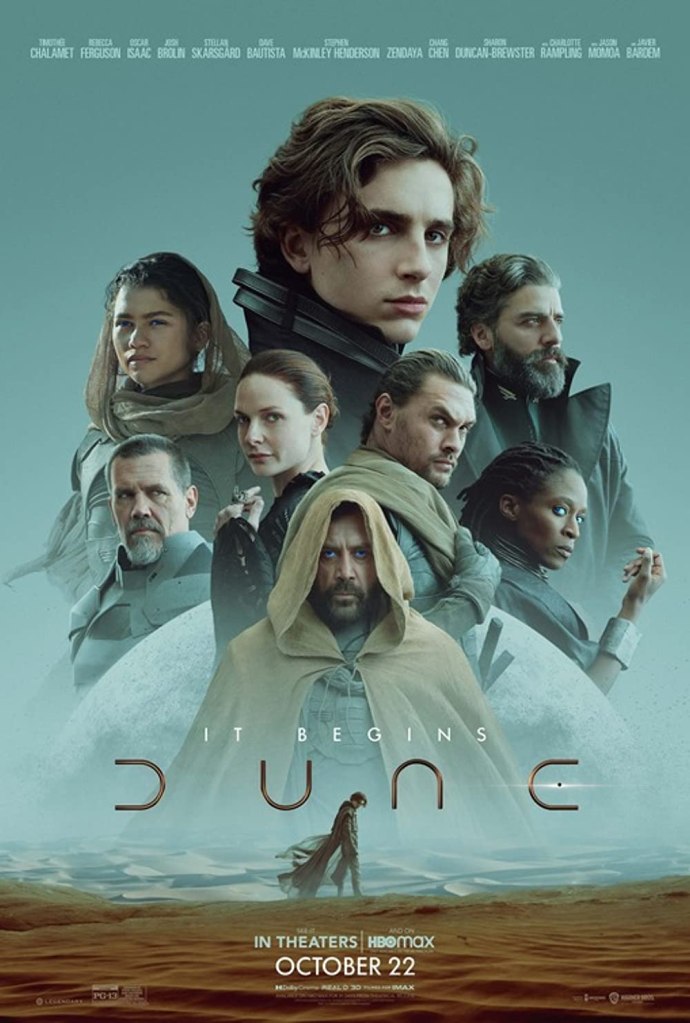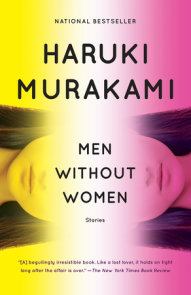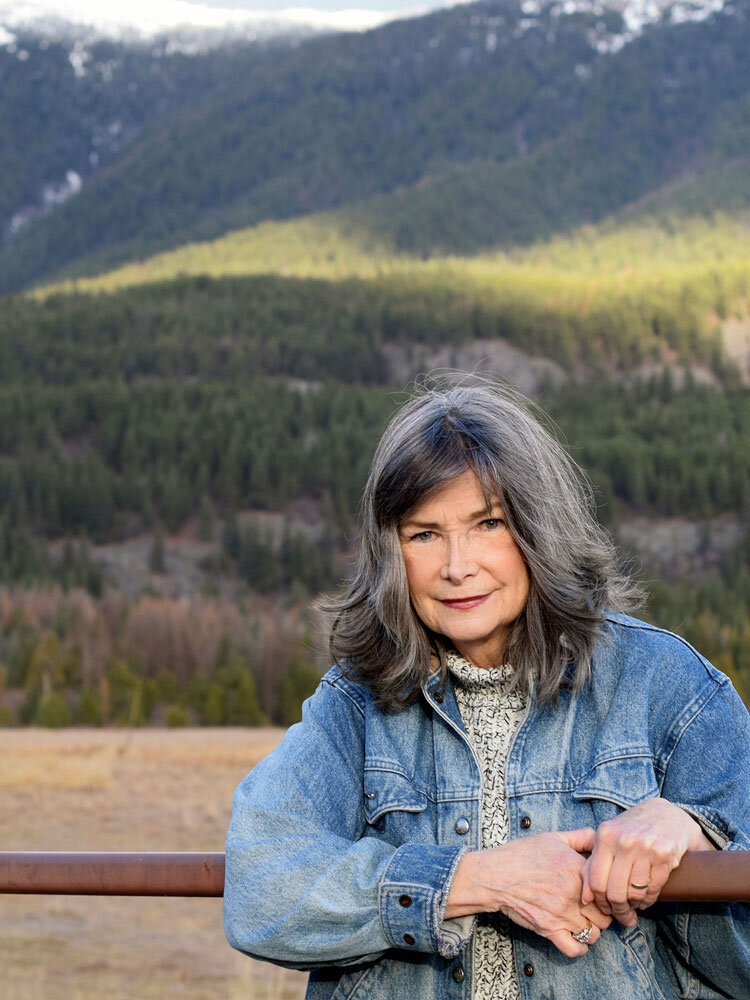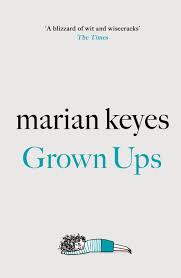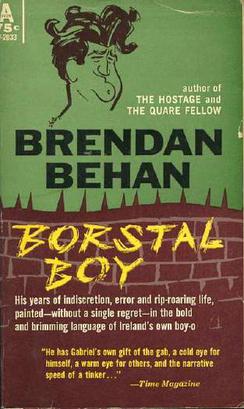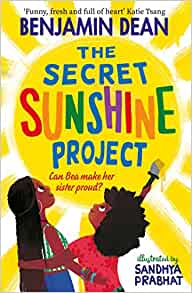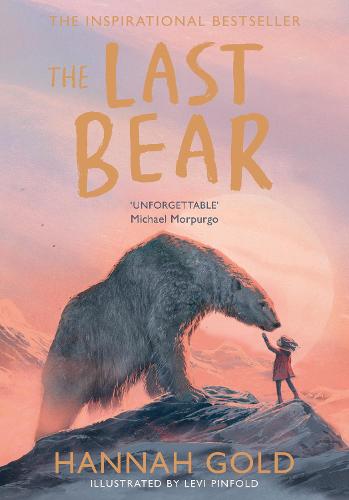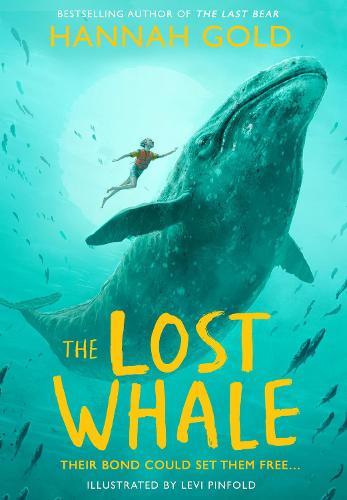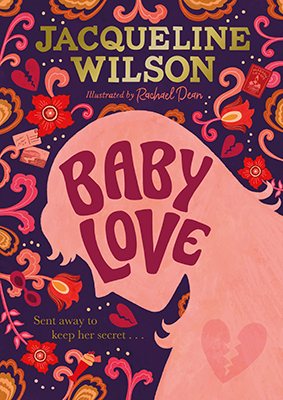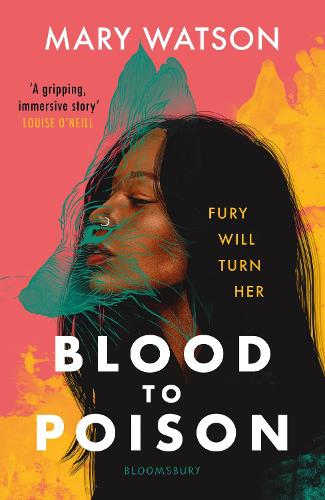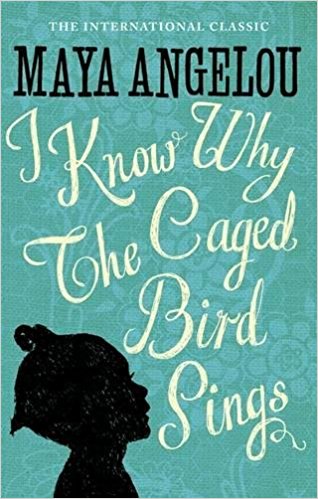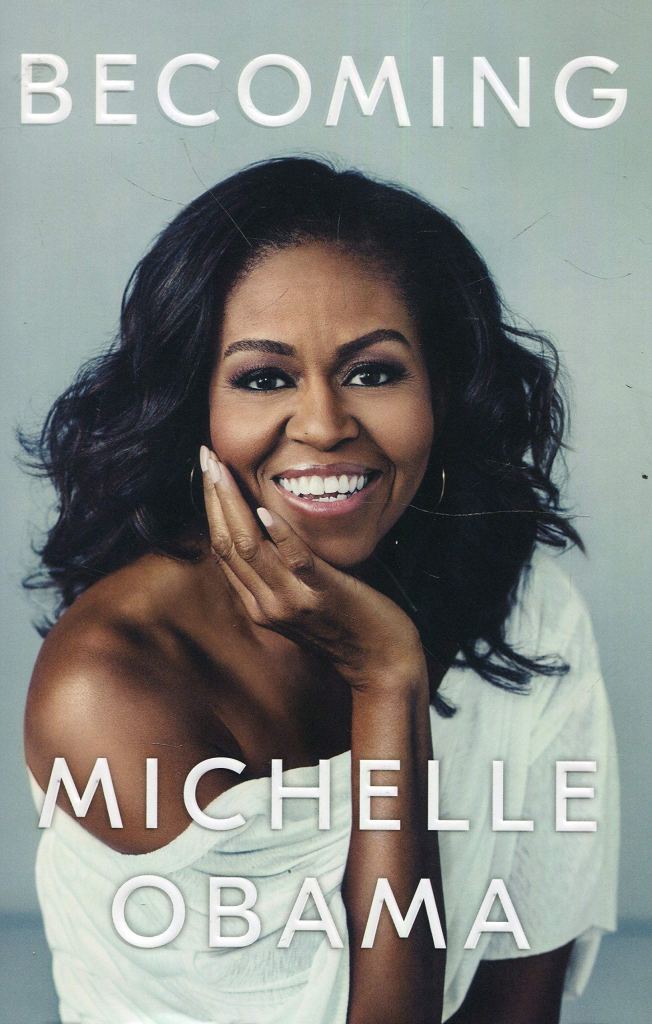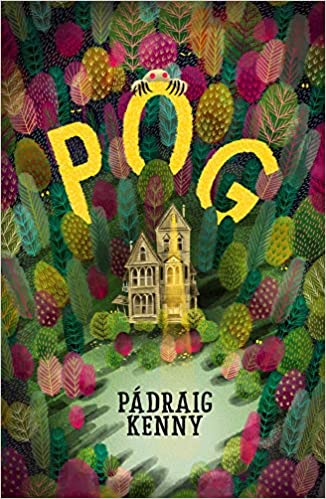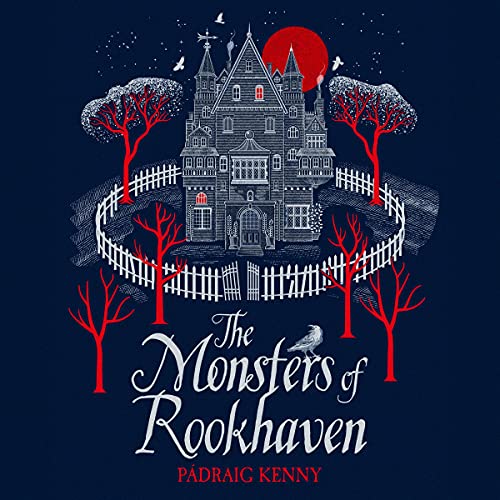This is the third book I listened to in Sebastian Barry’s McNulty family trilogy. The first was The Whereabouts of Eneas McNulty, published in 1998, then I listened to The Temporary Gentleman, published in 2014, and then finally this book, which was published in 2008 and shortlisted for the then Man Booker Prize. I read them in the wrong order, but in doing so, arguably, I saved the best till last! The Secret Scripture is an astonishing and powerful piece of work, and provides answers to some of the unresolved questions raised in the other two books.
At the centre of the trilogy is the McNulty family and in particular the three brothers, Eneas, Tom and Jack. Eneas, as I have already posted about in my review of the first book in the trilogy, is something of a black sheep in that he is largely exiled from the family, in America, Africa and finally England, because of his job as a policeman which gets him into trouble with the republican Sligo underworld. The Temporary Gentleman concerns Jack, the golden child of the family, with a degree in engineering and a respectable marriage to the daughter of a doctor. However, this book reveals the lie about his life, hinted at in The Whereabouts of Eneas McNulty, his alcoholism and gambling and the problems in his marriage. The third son, Tom, who becomes a local councillor, is married to Roseanne, who is the subject of The Secret Scripture and who appears in both the other novels. Having come to The Secret Scripture last I feel now that this trilogy is as much about Roseanne as it is about the McNulty family, because their relationships with her tell us almost more about them than their own lives.
When the book opens we meet Roseanne, a woman in her 90s, perhaps even 100, a long-term resident of a mental hospital that is about to be demolished. Her psychiatrist, Dr William Grene, must assess her and determine whether she is able to be discharged into the community. There is a recognition that many of the residents of such institutions were committed for social as much as mental health reasons. Dr Grene sets about trying to establish why Roseanne, who has been a patient at the hospital for around half a century, was admitted. The story is told from the parallel perspectives of Roseanne, who writes her own story in secret, and Dr Grene who records his notes and observations in a day book. These become a kind of confessional for both of them.
What we know about Roseanne is that she was very beautiful and therefore treated with suspicion, considered almost a temptation to sin, and therefore a sinner herself. To make matters worse, she is a Protestant. As a child she idolises her father and spends a great deal of time with him at his place of work – his job is as caretaker of a cemetery, a role he takes very seriously. However, after a tangle with local gangsters, active in the political strife that beset Ireland in the 1920s and 1930s, he is served the humiliation of losing his position and being redeployed as a rat-catcher. He maintains his dignity, however, and is conscientious, but the family’s fortunes decline thereafter. Roseanne’s mother is committed to an institution and her father dies. The local priest arranges a marriage to Tom McNulty, and he truly loves her, but she is never accepted by his parents, the elder Mrs McNulty in particular.
Roseanne is ill-treated by them all, except Eneas. After being spotted in a mis-judged but innocent meeting with another townsman on a mountain walk, she is exiled as an adulteress. This is largely an excuse for the family to be rid of her. Her marriage is annulled and she is forced to live in a hut outside the town. Tom marries again and it is as if Roseanne never existed. She is maintained at subsistence level, but no more. Her fate is sealed when she becomes pregnant and gives birth to a child alone on the strand with the tide coming in. She collapses unconscious after the delivery and awakes to find herself being taken away by ambulance, and no sign of her baby.
Events unfold rapidly in the final third of the book. Connections are made with Eneas and with Jack, and the family’s stories become knitted together. It is a slow build, however, up to this point. What the author is doing very skilfully, is building the picture of this woman, of her relationship with Dr Grene, who provides us with a perspective on her and the treatment she received at the hands of the McNulty family and the Sligo community more generally. Roseanne is a marginal figure in the other two books, but a figure, a mystery, nonetheless. The Secret Scripture gives us answers to questions the reader might have had whilst also exposing the dysfunctional relationship between religion and society that bedevils Ireland’s modern history.

This novel has been Barry’s most successful to date, winning the Costa Book of the Year in 2008 (his novel Days Without End won in 2017, making him the first double-winner) and the James Tait Black Memorial Prize the same year. Apparently, however, some have found the ending of the book flawed and unpalatable. I disagree wholeheartedly! I do not wish to reveal any spoilers, so I will only say that I found it extraordinary. I can see how some might find it a plot twist too far, but from a reader’s perspective it is heart-stopping and I loved it.
I am on a real roll with Sebastian Barry at the moment; having only discovered his work in 2017 when I read Days Without End, I cannot now get enough of him – there is the Dunne Family trilogy to savour next.
The Secret Scripture is a brilliant and powerful book and I recommend it highly.

